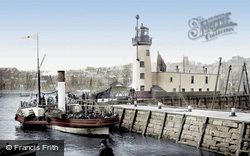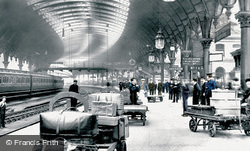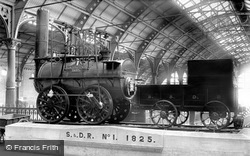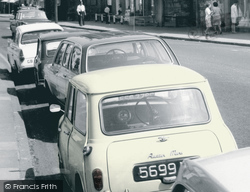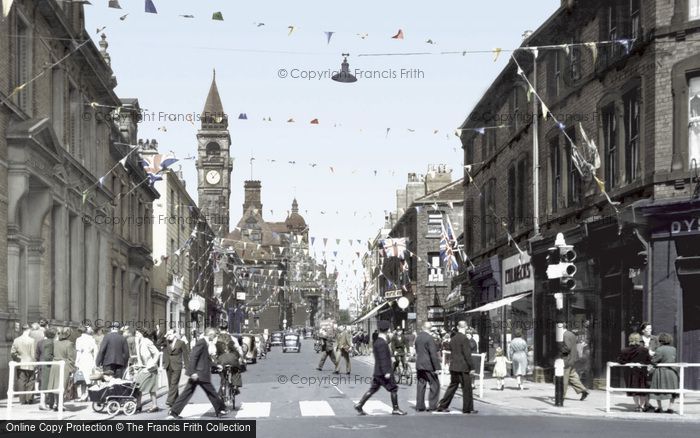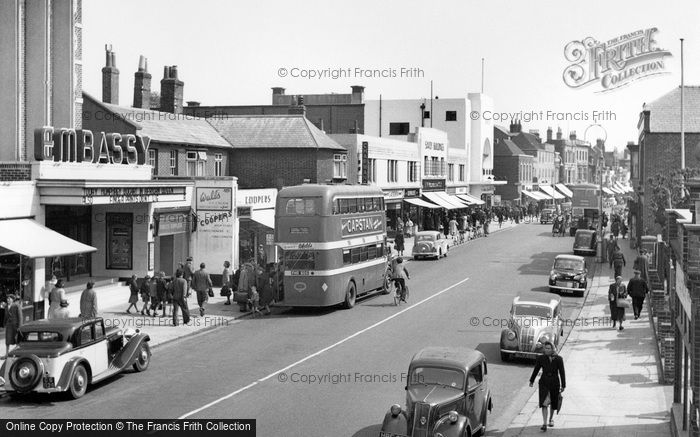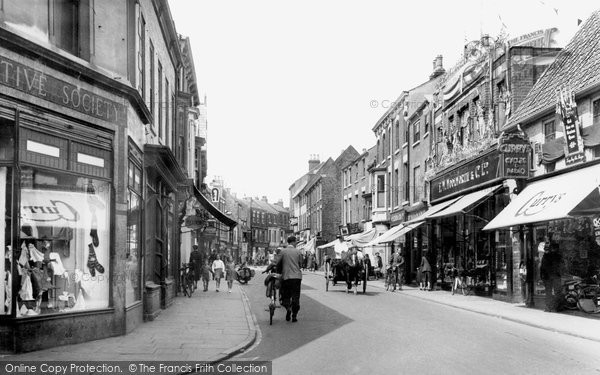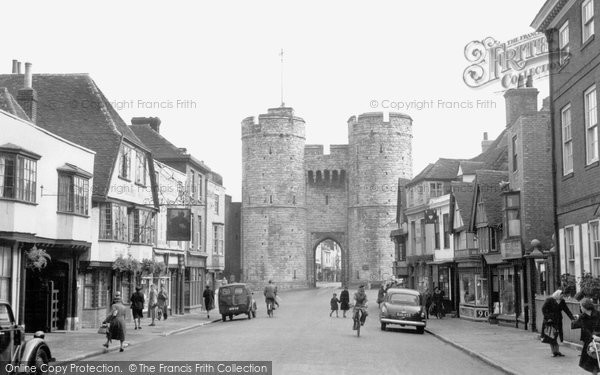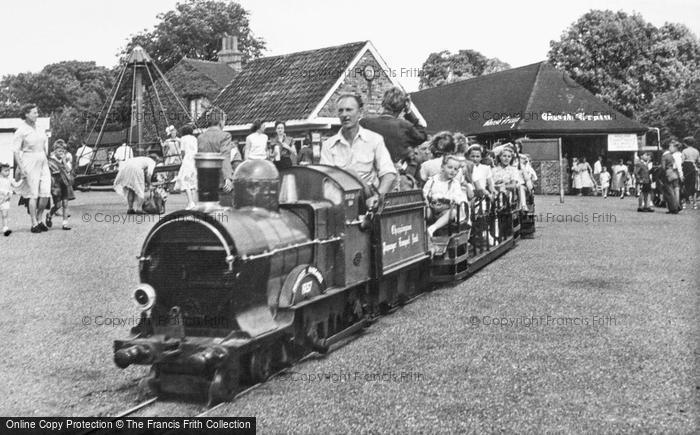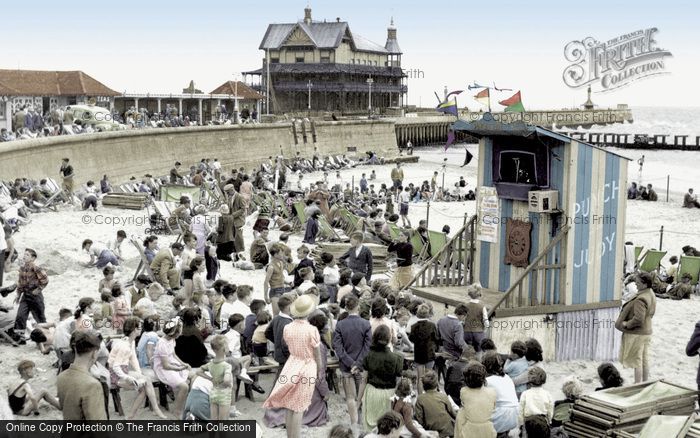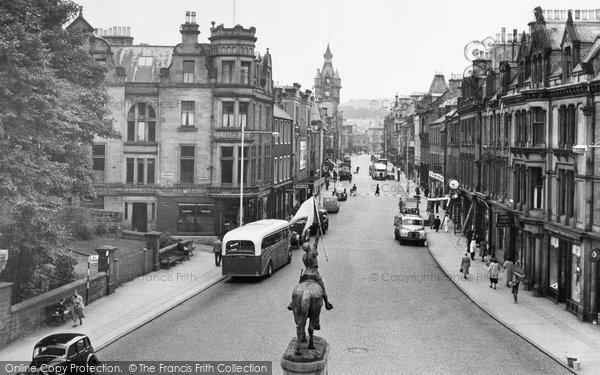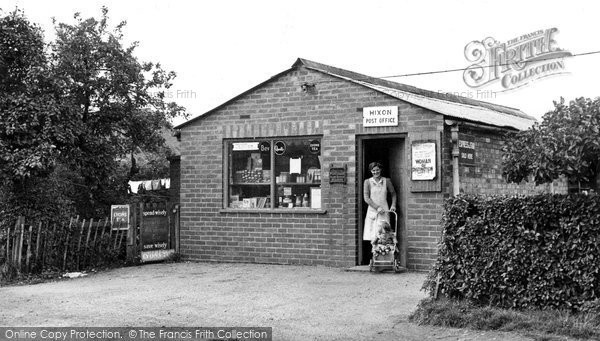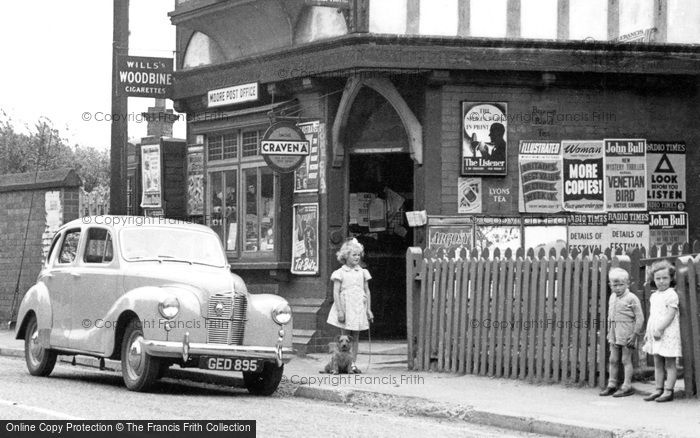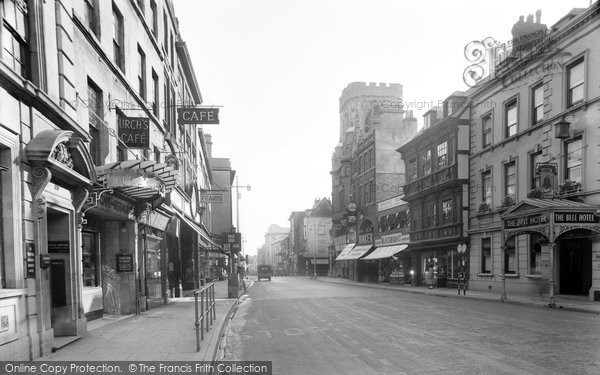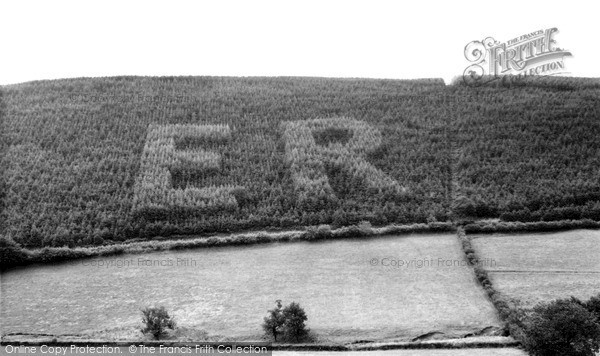A Platinum Jubilee Celebration!
Published on
May 30th, 2022
As the nation prepares to celebrate Queen Elizabeth II’s historic Platinum Jubilee, we bring you this selection of nostalgic photographs from The Francis Frith Collection taken in 1952, when Her Majesty officially acceded to the throne, and 1953 when her Coronation took place.
We hope these images will bring back memories of British life in those years with older people who remember the events, and also provide a talking point with young and old in our customers' families as we all enjoy this momentous occasion. Why not visit the Frith website to see what your home town looked like in the 1950s?
We send Her Majesty our sincere congratulations on her Jubilee, and grateful thanks for her incredible seventy years of service to our nation.
For most people in the 1950s the wireless was at the centre of family life. Then in 1953 it was announced that the Coronation would be televised, prompting thousands of people to buy their first television set. The 'goggle-box' started to become a fixture in living rooms, but entertainment for many families still centred on the cinema in the 1950s. There was still at least one cinema in the centre of most towns, often with a bus stop conveniently outside, as seen here by the Gaumont cinema at Fareham. For many children of this era the highlight of their week was the Saturday morning children's cinema club where they enjoyed on-going serials with Roy Rogers and Trigger, Superman, the Lone Ranger, Flash Gordon or a Western, and cartoon favourites like Mickey Mouse, Woody Woodpecker and Bugs Bunny. The show usually started with a sing-song generated by a compere, and often also included a competition for some children on the stage, like eating a doughnut on a string the fastest, or a singing contest.
This photograph of Beverley in the 1950s shows at least two sights you won't find there nowadays – a horse and cart proceeding down the street, and the Woolworth's store on the right.
The massive twin-towered Westgate is the only survivor of the six medieval gates which once interrupted the path of the Norman wall around the city. The Westgate we see here, photographed in 1952, was rebuilt in 1380 during the reign of King Richard II, who unlike our own dear Queen Elizabeth II only managed to reign for 22 years before being deposed.
A fun day out in 1952 might include a visit to the zoo, and most children – and adults, too – were fascinated by the strange, exotic beasts on display. The day out was even better if it also included the special, simple thrill of a ride on a miniature railway like this one at Chessington Zoo. All aboard the Zoo Express! We’re off to see lions and tigers and bears!
'That's the way to do it!' Punch and Judy shows on the beach are part of many people's childhood memories. Franklin Spencer was the Punch and Judy man (properly known as a 'Professor') of this show at Lowestoft when this photograph was taken in 1952. His Punch voice (produced by a device held in his mouth called a swazzle) was amplified by the loudspeaker to the right of the stage.
Photographed here in 1952, one of the largest towns of the Border region of Scotland is Hawick, where the 1514 Memorial in the High Street commemorates the callants, or youths, of the town who defeated an English raiding party at Hornshole in 1514 and carried their captured flag back to the town in triumph. In 1603 King James VI of Scotland inherited the English throne after the death of his distant cousin Queen Elizabeth I and also became James I of England, uniting the two Crowns, and Scotland incorporated politically with England under the Act of Union of 1707. In 1998, during the reign of Queen Elizabeth II, the Scotland Act was passed by the United Kingdom Parliament in response to a growing movement for a return to direct Scottish control over domestic affairs, and in 1999 the Scottish Parliament was reconvened as a devolved legislature with responsibility for most laws specific to Scotland and authority over home affairs – the first time it had met for nearly 300 years.
Many rural communities in the 1950s did not have the luxury of a cinema or theatre. The notice board outside Hixon Post Office in Staffordshire in this photograph advertised a mobile cinema, showing 'A Woman of Distinction', a romantic comedy starring Ray Milland and Rosalind Russell. In contrast, the lady in the doorway wore the ubiquitous pinny, with her buttoned-up daughter sitting in a decidedly old-fashioned pushchair.
This photograph of children outside the advertisement-strewn Post Office at Moore in Cheshire taken c1952 has given us a lovely study of children's fashion of the time. The children have been identified to The Francis Frith Collection as David Brennan and Ann Ainsworth on the right, and Margaret Heath on the left, with her adorable Norwich Terrier called 'Nip'.
Southgate Street in Gloucester looks very different now from how it appears in this photograph from 1952. The Bell Hotel on the right was once a principal coaching inn in the city, but it was demolished in 1969 during redevelopment of the area to make way for a new shopping centre, and the street is now pedestrianised, to the benefit of the public who can safely wander at leisure without fear of traffic.
The Coronation of Queen Elizabeth II at Westminster Abbey in 1953 took place amid a huge air of reverence and optimism. The Coronation ushered in an age of opportunity, equality and prosperity, and banished memories of pre-war hardships. Places all around Britain commemorated the Coronation of Queen Elizabeth II in a variety of ways. One of the most unusual Coronation commemorations is seen here at Kinsley Wood above Knighton on the border between Shropshire and Wales, where the Forestry Commission planted different species of trees to mark out ‘ER’ (for 'Elizabeth Regina') to commemorate the event. The wood is seen well grown in this photograph taken around 1965, and the letters can still be seen particularly clearly when the trees are in their autumn foliage. To mark Her Majesty's Platinum Jubilee in 2022, The Queen's Green Canopy (QGC) has been created, a unique tree planting initiative which invites people from across the United Kingdom to 'Plant a Tree for the Jubilee'.
You may be interested in these related books:
Printed specially for you and with a free personal dedication available on almost all our titles with hundreds to choose from, our nostalgic local books make great gifts for someone or why not treat yourself and add some history to your bookshelves?
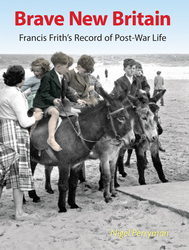
Free optional inscription available!
Brave New Britain
'Brave New Britain' is a fascinating record of post-war life from The Francis Frith Collection. From austerity and prefabs to rock 'n' roll and holiday camps, revisit the heady days of the 1950s and 60s in the pages of this fascinating and colourful book. In 1953 a national newspaper crowed to its readers: 'All This - and Everest too!' Britain was on top of the world, enjoying not only the achievements of the mountaineer Sir Edmund Hillary in scaling the world's highest peak, but also celebrating the new Queen Elizabeth II's Coronation. But the post-war years were also times of austerity and sometimes painful change. The stunning archive photographs in 'Brave New Britain' reveal the changing face of British life in the 1950s and 60s. They show how a country that had won the war now went about winning the peace, ushering an age of opportunity, equality and prosperity, and banishing memories of pre-war hardship. As well as being a delight for the nostalgic and a superb picture book, 'Brave New Britain' is indispensable reading for everybody who is interested in how we became the way we are.
Brave New Britain
(ISBN: 978-1-85937-562-4)
Nigel Perryman
This post has the following tags:
Memories,Nostalgia.
You may find more posts of interest within those tags.
Join the thousands who receive our regular doses of warming nostalgia!
Have our latest blog posts and archive news delivered directly to your
inbox.
Absolutely free. Unsubscribe anytime.

